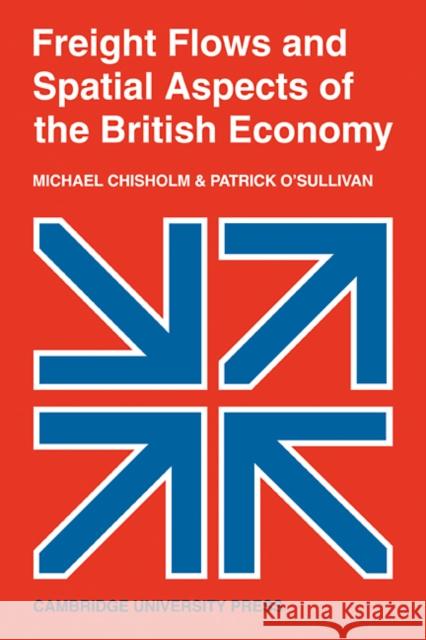Freight Flows and Spatial Aspects of the British Economy » książka
Freight Flows and Spatial Aspects of the British Economy
ISBN-13: 9780521112703 / Angielski / Miękka / 2009 / 152 str.
Originally published in 1973, this book reports experiments in the modelling of freight flows in Great Britain, on the basis of 78 origin-destination zones covering the entire country. Its central purpose is to establish whether gravity model or linear programming approaches provide the most appropriate way of describing the existing spatial distribution of freight volumes and hence of predicting future flows, given possible allocations of population. Linear programming appears to be the msot useful way to approach freight modelling on this scale. The model outputs allow the authors to probe the problem of regional comparative advantage in terms of the volume of transport inputs. Although there is some association with the accessibility of regions, it is not true that the peripheral areas are at a serious disadvantage. Furthermore, evidence on the structure of transport costs indicates that movement costs are a surprisingly low proportion of total transport costs - thus further reducing the effects of location. The study concludes with a review of the lines along which work might proceed.











